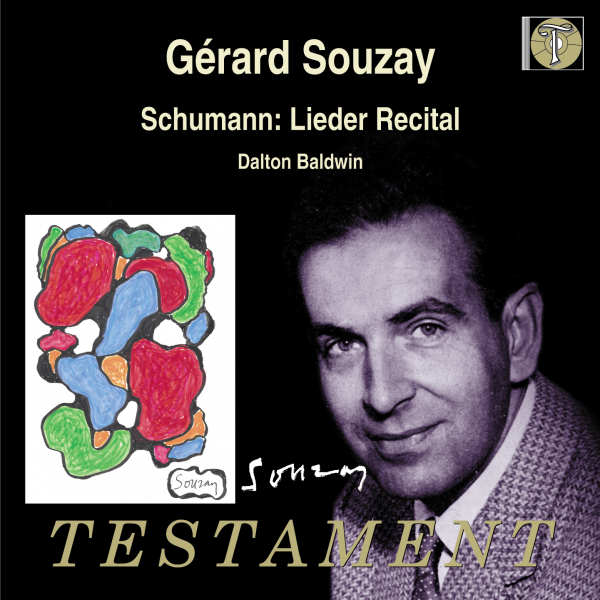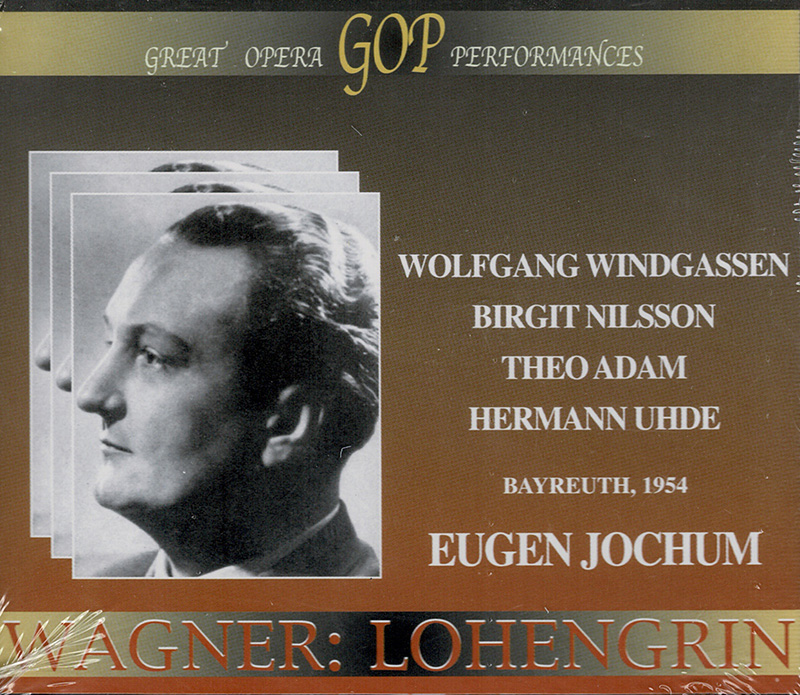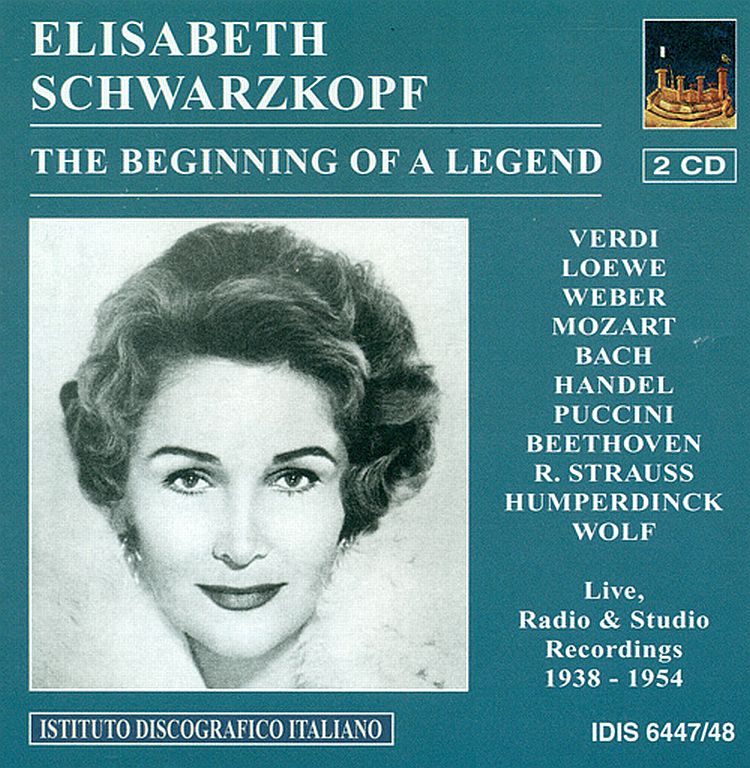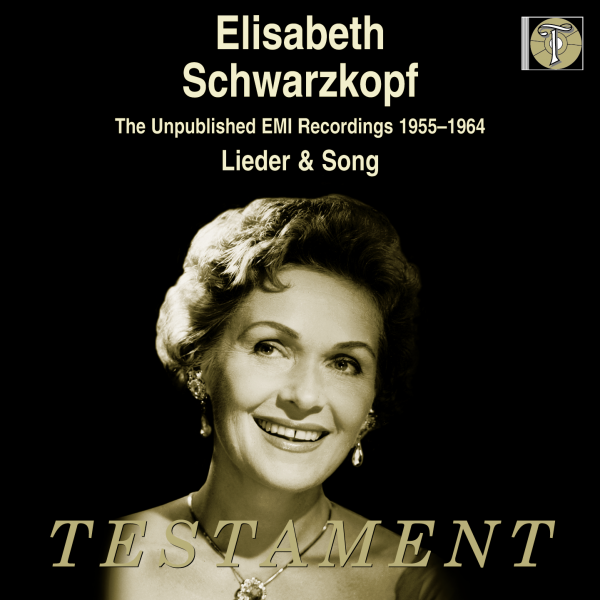Logowanie
KOLEKCJE!
BACH, CHOPIN, LISZT, MOZART, GRIEG, Dinu Lipatti, Otto Ackermann, Ernest Ansermet
The Master Pianist
PROKOFIEV, CHOPIN, TCHAIKOVSKY, SCHUMANN, BEETHOVEN, Martha Argerich, Claudio Abbado, Giuseppe Sinopoli
The Concerto Recordings
The Collection 2
Jakość LABORATORYJNA!
ORFF, Gundula Janowitz, Gerhard Stolze, Dietrich-Fischer Dieskau, Deutsche Oper Berlin, Eugen Jochum
Carmina Burana
ESOTERIC - NUMER JEDEN W ŚWIECIE AUDIOFILII I MELOMANÓW - SACD HYBR
Winylowy niezbędnik
ClearAudio
Essence MC
kumulacja zoptymalizowana: najlepsze z najważniejszych i najważniejsze z najlepszych cech przetworników Clearaudio
Direct-To-Disc
PIAZZOLLA, ChamberJam Europe
Tangos del Ángel y del Diablo
Direct-to-Disc ( D2D ) - Numbered Limited Edition
SCHUMANN, Gerard Souzay
Lieder Recital

- 1. Der arme Peter, for voice & piano, Op. 53/3 (5:05)
- 2. Die beiden Grenadiere ("Nach Frankreich zogen zwei Grenadier"), song for voice & piano, Op. 49/1 (3:50)
- 3. Die Lotosblume ("Die Lotosblume ängstigt sich..."), song for voice & piano (Myrthen), Op. 25/7 (1:57)
- 4. Widmung ("Du meine Seele, du mein Herz"), song for voice & piano (Myrthen), Op. 25/1 (2:17)
- 5. Schneeglöckchen ("Der Schnee, der gestern noch in Flökchen"), song for voice & piano (Lieder-Album für die Jugend), Op. 79/26 (1:27)
- 6. Lehn' deine Wang' ("Lehn' deine Wang' an meine Wang"), song for voice & piano, Op. 142/2 (0:47)
- 7. Mein schöner Stern, ich bitte dich, for tenor & piano (Minnespiel), Op. 101/4 (2:49)
- 8. Du bist wie eine Blume, song for voice & piano (Myrthen), Op. 25/24 (1:45)
- 9. Ihre Stimme ("Lass tief in dir mich lesen"), song for voice & piano, Op. 96/3 (1:54)
- Gerard Souzay - tenor
- SCHUMANN
Gerard Souzay ukończył konserwatorium w Paryżu, gdzie jego nauczycielami byli m. in. Pierre Bernac, oraz Lotte Lehmann. Jego pierwszy publiczny występ miał miejsce w londyńskim Royal Albert Hall, gdzie zaprezentował "Requiem" Fauré'a. Zyskał międzynarodową sławę nie tylko za wykonania francuskich kompozytorów, ale także niemieckich - w szczególności Shuberta, oraz Shumanna. Od 1954 roku do końca swojej kariery występował w akompaniamencie z pianistą Daltononem Baldwinem. Był także poliglotą - śpiewał w 13 językach, a także malarzem abstrakcjonistą - w 1983 roku wydał książkę pt. "Sur mon chemin: pensées et dessins", która zawierała wybór jego obrazów z załączonym komentarzem. Jego ulubioną operą była "Pelléas et Mélisande" Debussy'ego. Gérard Souzay was the first French singer to make his mark singing German art songs in the original language, and though best known for his French repertory, he was one of the leading lieder singers of the 1950s and 1960s. These Schumann recordings, alas, were made in 1970 and 1975, by which time the voice has lost much of its luster and the singer, in his 50s, had become less spontaneous. But while his earlier Decca and Philips recordings are preferred, these Testaments, licensed from EMI, are worth having for their mature directness and experienced interpretations. And, especially in the 1970 recordings that make up the bulk of the disc and include the 12 Kerner Songs Op. 35, there's enough juice in the vocalism to fulfill Souzay's intentions. Comparisons with his most eminent contemporary, Dietrich Fischer-Dieskau, are perhaps inevitable and usually to Souzay's detriment, but even then the French artist was a throwback to the lieder singers who put the song first and refused to hold every syllable and phrase up to the light for interpretive probing. Souzay's other great rival in this repertoire, Hermann Prey, shared his emphasis on the primacy of the song, but with richer vocal assets. But to put this release in a fuller context, Souzay's voice, even past its prime, was far from a negligible instrument, and his intimate, elegant singing still could touch the heart. Souzay brings to the Kerner songs a sense of identification and immediacy that helps make "Alte Laute" so touching and songs such as "Der arme Peter" and "Ihre Stimme" genuinely touching, even if the latter shows some vocal strain. In "Du bist wie eine Blume" (like "Der arme Peter" recorded in 1975) the top of the voice may have lost sweetness and freedom, but Souzay's artistry is sufficient to convey an intimacy missed by many singers in full vocal bloom. Dalton Baldwin, Souzay's long-time partner at the piano contributes positively and the three decades that have passed since the original releases haven't dimmed the sound. (Dan Davis, ClassicsToday.com)




























